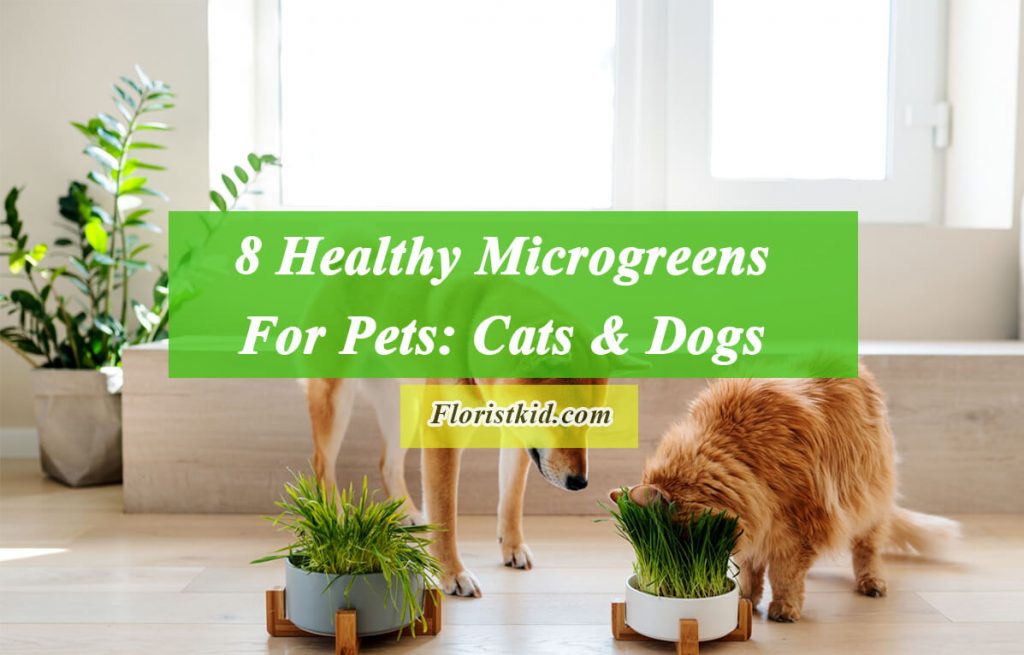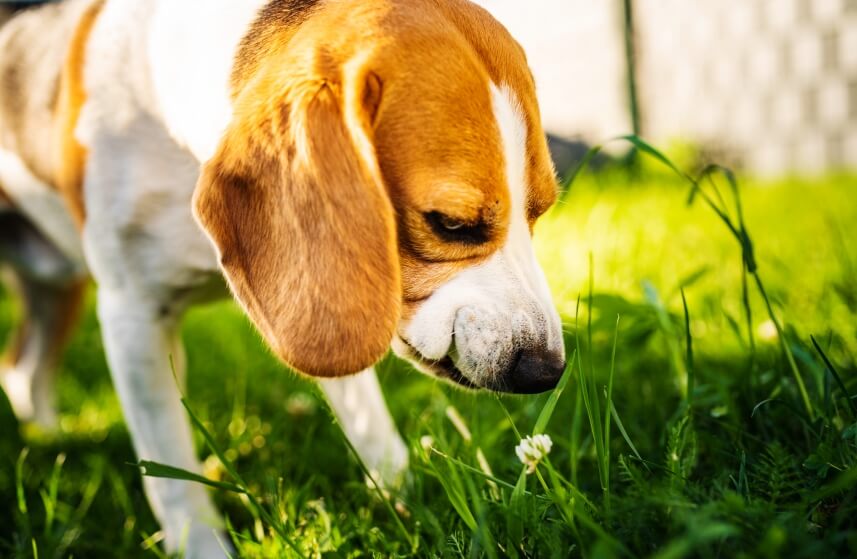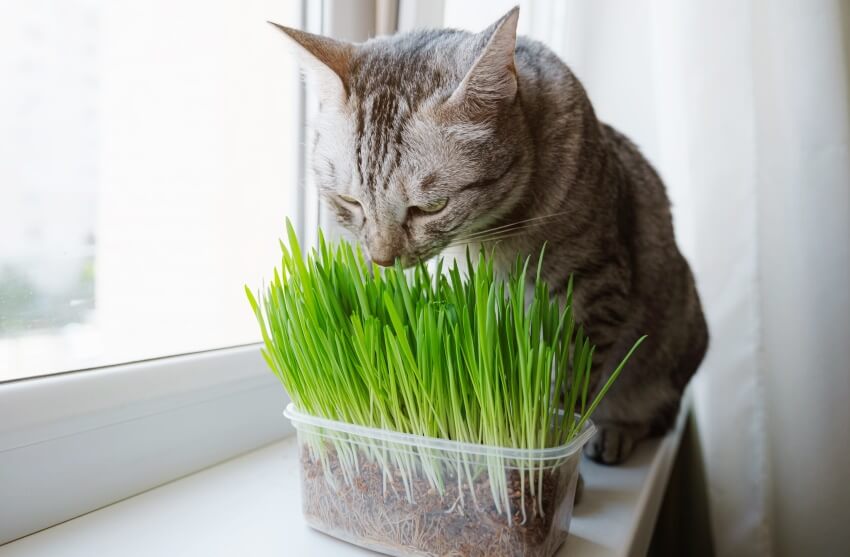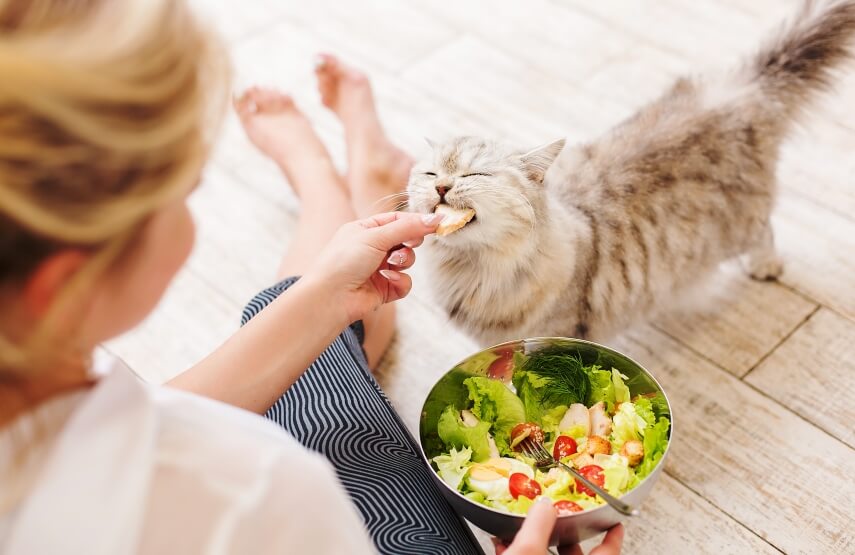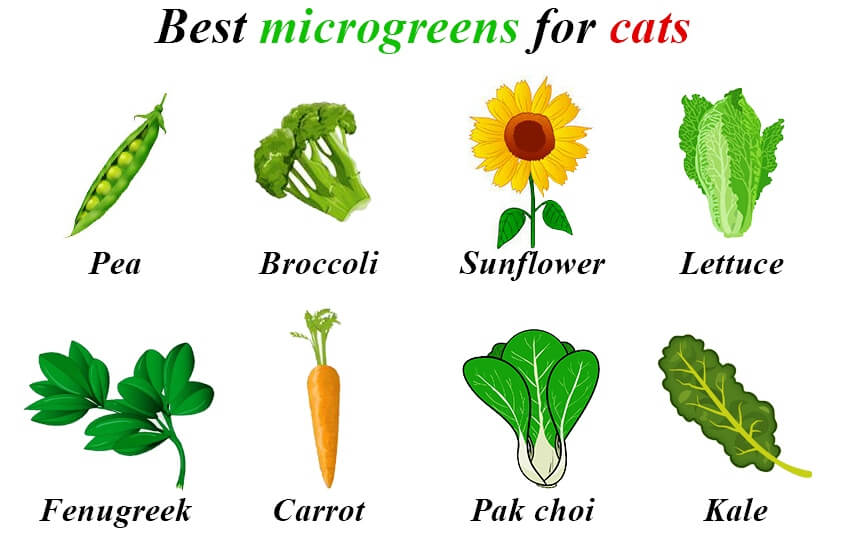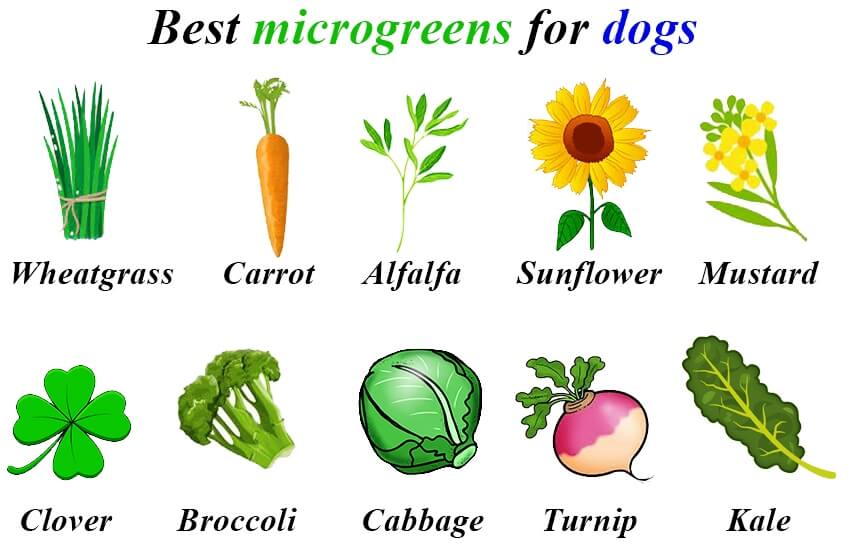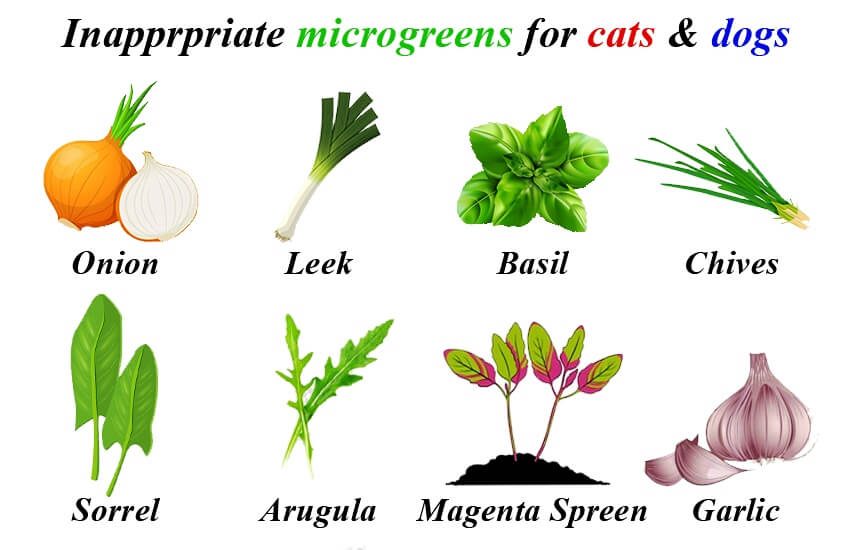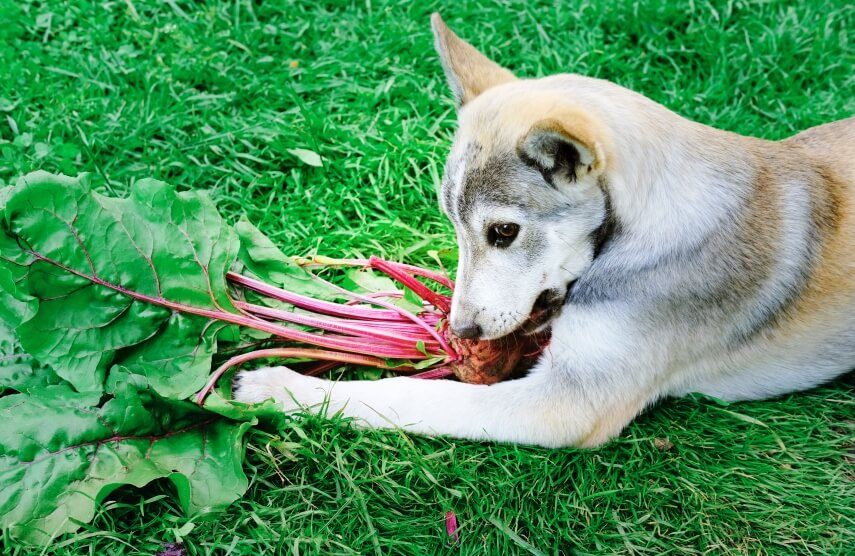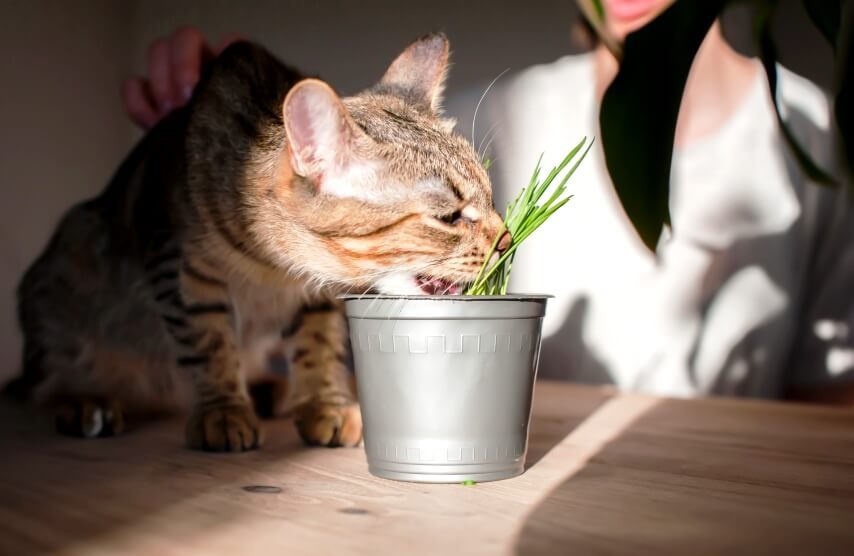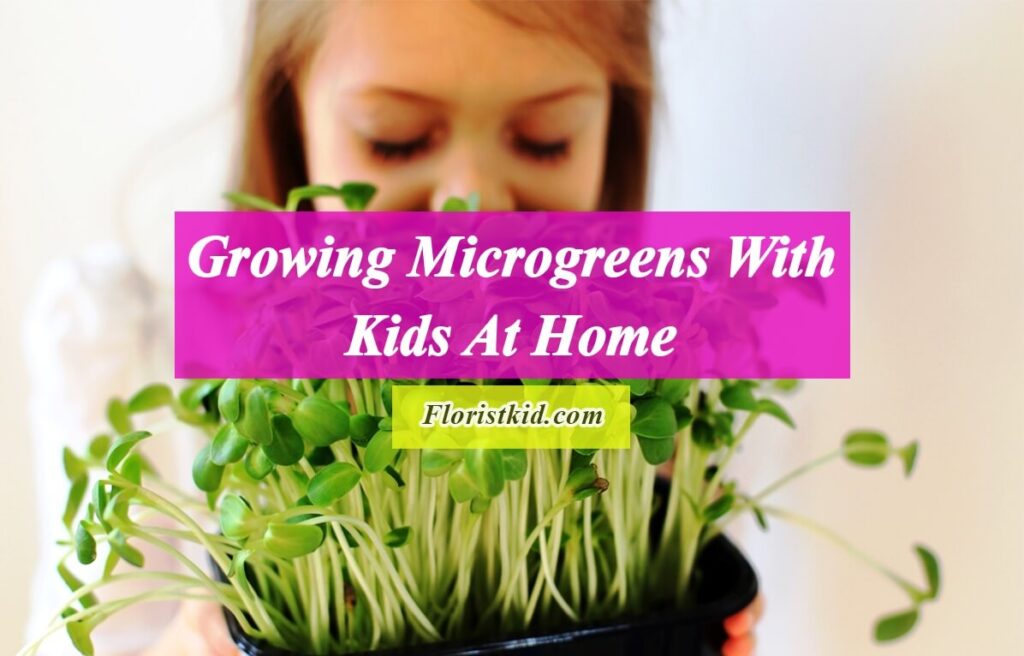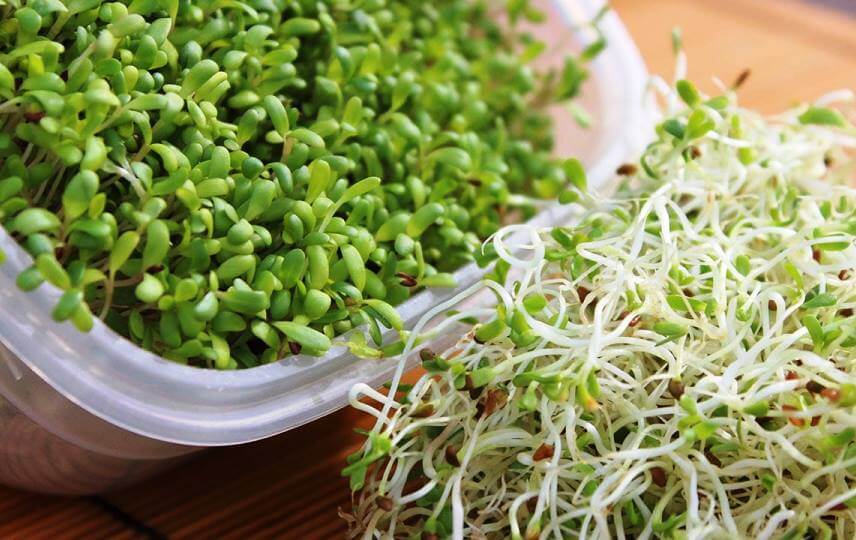Did you know that microgreens are beneficial for your cats and dogs? These healthy greens have many advantages for human and pets’ health. Most dogs and cats have difficulty digesting the vitamins and minerals found in vegetables, but fresh microgreens help their digestion.
In this post we will discuss eight healthy microgreens for pets that are safe and beneficial for cats & dogs.
If Like to know more about microgreens, check these articles:
<<What Are Microgreens >> and <<How To Eat Microgreens>>
Are microgreens safe for cats and dogs?
Yes, microgreens are safe for both dogs and cats to eat, especially the younger and leafier varieties. Like humans, Cats & dogs are unable to digest plant portions; however, consuming microgreens can aid digestion and provide essential nutrients unavailable from meat. Consuming microgreens also aids in the elimination of indigestible materials (bones, feathers, etc.).
Why microgreen for cats & dogs?
Microgreens provide your dog with additional nutrients and health advantages. A study showed that eating leafy greens three times each week dramatically lowers the incidence of bladder cancer in dogs. Additionally, it has been demonstrated that diets high in vegetable antioxidants improve cognitive performance in elderly dogs.
Similar cancer prevention and cognitive benefits from the antioxidants and minerals present in green vegetables should also apply to cats. Since microgreens have a higher concentration of nutrients and antioxidants than typical greens, mixing them with your cat’s food is more advantageous [1].
Benefits of Microgreens for Pets
High quantities of vitamins and nutrients can be found in microgreens. A, C, E, and K vitamins are abundant in them. As a result, incorporating a range of microgreens into the main pet’s diet contributes to a more varied intake of nutrients.
Additionally, microgreens include a wide range of essential elements, including minerals, proteins, dietary fiber, folate, antioxidants, and pigments. Some of these elements are absent from dog or cat food.
The benefits of microgreens for pets are as follows [2]:
- improve immunological function
- helps with digestion
- Prevent a range of cancers such as bladder cancer
- enhance the growth of teeth, hair, and bones
- Control pets’ hormone levels
- Detoxify pets’ livers
Best microgreens for cats & dogs
Although many types of microgreens are available nowadays, it might be challenging to determine which microgreens are suitable for cats and dogs. All herbs or microgreens are not good for them. It has been recommended to keep your pets away from microgreens like radish and cabbage since they can cause bloating and gas in pets’ stomachs [3].
Top microgreens for cats
- Fenugreek
- Broccoli
- Pak choi
- Kale
- Lettuce
- Sunflower
- Carrot
- Pea
Top microgreens for dogs
- Clover
- alfalfa
- carrot
- turnip
- mustard
- kale
- broccoli
- red cabbage
- sunflower
- wheatgrass
Note: Pets with thyroid issues should avoid eating kale microgreens and broccoli microgreen.
Which microgreens should be avoided?
All microgreens are not beneficial to cats & dogs. Consuming too many microgreens may exhaust or even shut down their organs. Avoid microgreens that are too sweet, bitter, tangy, sweet, spicy, or sour (citrus). The microgreens listed below should either be avoided by dogs and cats or consumed in very small amounts [4] :
- Onion
- garlic
- chives
- leek
- Basil
- Arugula
- Sorrel
- Magenta Spreen
Additionally, avoid giving Brussel microgreens. These microgreens are notorious for causing bloating and a lot of gas. In addition, overeating may result in gas, stomach pain, or diarrhea.
How to feed pets with microgreens?
If you are cultivating your own microgreens, harvest them just before you consume them to ensure they stay fresh. You can mix a little amount of microgreens right into your dog or cat’s food. To improve digestion, chop them or blend them with other vegetables in a slurry.
Microgreens that have been sliced can be kept fresh by refrigeration. Put them in a bag or container between wet paper towels. The optimal time to harvest is just before your dog or cat consumes them, though.
Microgreens are so easy to produce indoors or outdoors that it’s simple to have a supply available for every meal. They should not be frozen since they become mushy when thawed. Additionally, some of the nutrients that make microgreens valuable are lost [5].
How to use microgreen in cats’ and dogs’ diets?
Dog’s diets
The suggested guideline for adding microgreens to dogs’ diets is that they should make up about 10% of their diet. If you are preparing fresh homemade dog food, any of your preferred homemade dog food recipes are welcome to use.
Note: Quinoa and Amaranth microgreens are not advised for dogs.
Cat’s diet
Your microgreens can be blended or chopped before being combined with standard pet food. A cat’s diet should not contain more than 5% microgreens. If you prepare your own cat food at home, serve it to them raw and cover the meal with finely chopped microgreens. Meta live grasses are also helpful for enriching cats’ foods.
Conclusion
Dogs and cats do best on diets mainly composed of meat. However, veggies continue to be a crucial food source. Microgreens are simple to produce, contain more nutrition and are easier to feed than their mature vegetable counterparts. Although it is not necessary, giving your dog or cat microgreens can be a terrific way to ensure they get plenty of fresh vitamins and minerals in their diet.
Many different kinds of microgreens are available today, but not all are good for cats & dogs. In this article, we reviewed the best available microgreens for pets. Be careful not to feed your dogs and cats the wrong microgreens since they can cause health issues for your pet.
FAQ
can cats eat microgreens
Yes, cats can eat microgreens. Cats are carnivorous animals; thus, they do not thrive on greenery-based meals. However, eating micro plants benefit their digestive system.
can dogs eat microgreens
Yes, dogs can eat microgreens. Dogs and humans both are omnivores [6]. Microgreens are a nutrient-rich snack that can help your dog in various ways. However, like humans, dogs cannot digest microgreens.
are microgreens good for dogs
Yes, microgreens provide your dog with additional nutrients and health advantages. A study showed that eating leafy greens can reduce the incidence of bladder cancer in dogs. In addition, it has been demonstrated that diets high in vegetable antioxidants improve cognitive performance in elderly dogs.

